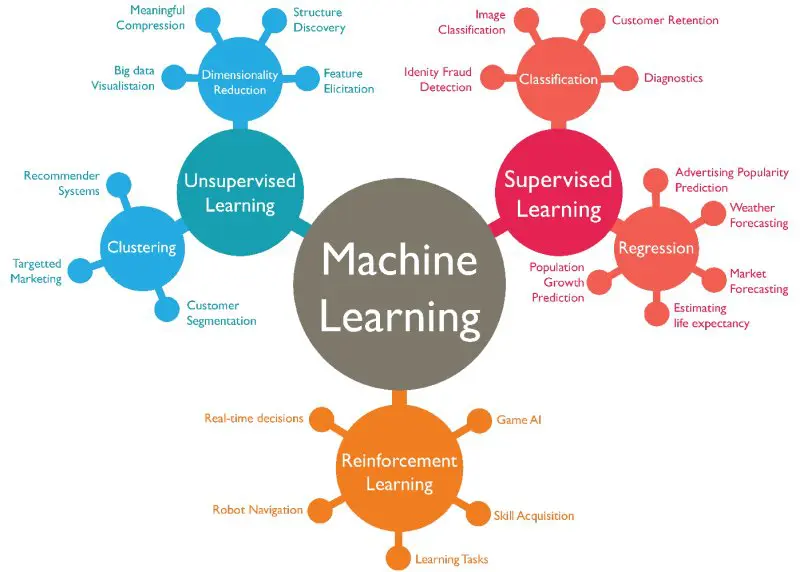The difference between deep learning and machine learning
Artificial Intelligence: Human capabilities and functions -> Computer
Machine Learning: Learns patterns, rules, and characteristics on its own using large amounts of data. (Data-dependent - if the data is wrong, it will fail) / Advantage: Just provide the data [because it learns by itself] -> Data must be very well refined.
Deep Learning: Deep learning can be used even when there is a lack of data (data can be generated) / Uses artificial neural networks to learn machine learning.
Artificial Intelligence > Machine Learning > Deep Learning


Biological Neuron
- Structure: Biological neurons are the basic building blocks of the nervous system in living organisms. They consist of a cell body (soma), dendrites, and an axon.
- Function: Neurons communicate by transmitting electrical and chemical signals. Dendrites receive signals from other neurons, the soma processes these signals, and the axon transmits the signal to other neurons or muscles via synapses.
Artificial Neuron
- Structure: Artificial neurons, also known as nodes or units, are the basic units of artificial neural networks in machine learning. They consist of inputs, weights, a summation function, an activation function, and an output.
- Function: Artificial neurons receive inputs, which are multiplied by weights. These weighted inputs are summed and passed through an activation function to produce an output. This output is then used as input for other neurons in subsequent layers. Artificial neurons are designed to mimic the signal processing of biological neurons.


Supervised Learning: The answers are predefined.
Unsupervised Learning: The answers are not predefined, so the model must learn to derive the answers.
Reinforcement Learning: For example, AlphaGo. An agent is guided to perform certain actions, and the environment is created so that the agent can continue to learn and act. (It is not commonly used because most tasks are solved with supervised and unsupervised learning, and it requires significant time and cost.)
Supervised Learning
- Definition: In supervised learning, the model is trained on labeled data, meaning the input data comes with corresponding output labels.
- Purpose: The goal is to learn a mapping from inputs to outputs so that the model can predict the output for new, unseen inputs.
- Examples: Classification (e.g., spam detection in emails) and regression (e.g., predicting house prices).
Unsupervised Learning
- Definition: In unsupervised learning, the model is trained on unlabeled data, meaning the input data does not come with predefined output labels.
- Purpose: The goal is to identify patterns, structures, or relationships within the data.
- Examples: Clustering (e.g., customer segmentation) and dimensionality reduction (e.g., reducing the number of features in a dataset).

Supervised learning is divided into classification and regression. Through classification, categorization becomes possible. The main task is to learn and predict the correct answers. For example, price prediction regression, California house price prediction. These prediction systems are supervised learning.
Unsupervised learning is best represented by clustering. Dimensionality reduction plays a role in lowering the dimensionality when the data is complex. Since it is not always necessary to look at all the data, dimensionality reduction is one of the methods that make it possible to effectively retrieve the necessary data.
Clustering divides data into groups, but it is difficult to clearly define what each group is. Since it does not learn with predefined answers, it is not clear what the clusters represent (it is often used for customer segmentation).
Classification, on the other hand, has predefined answers, so it can clearly define what each group is.
'Study Note > Python' 카테고리의 다른 글
| Dual-axis graph and Pyramid graph (0) | 2024.05.30 |
|---|---|
| Join, Merge, Concat, Append, and Pivot table (0) | 2024.05.23 |
| Seaborn plot (Scatter, Hist, and Box) (0) | 2024.05.16 |
| Library (Pandas, Seaborn, Matplotlib, Numpy) - Iris Data (0) | 2024.05.14 |
| Enumerate() (0) | 2024.05.08 |



